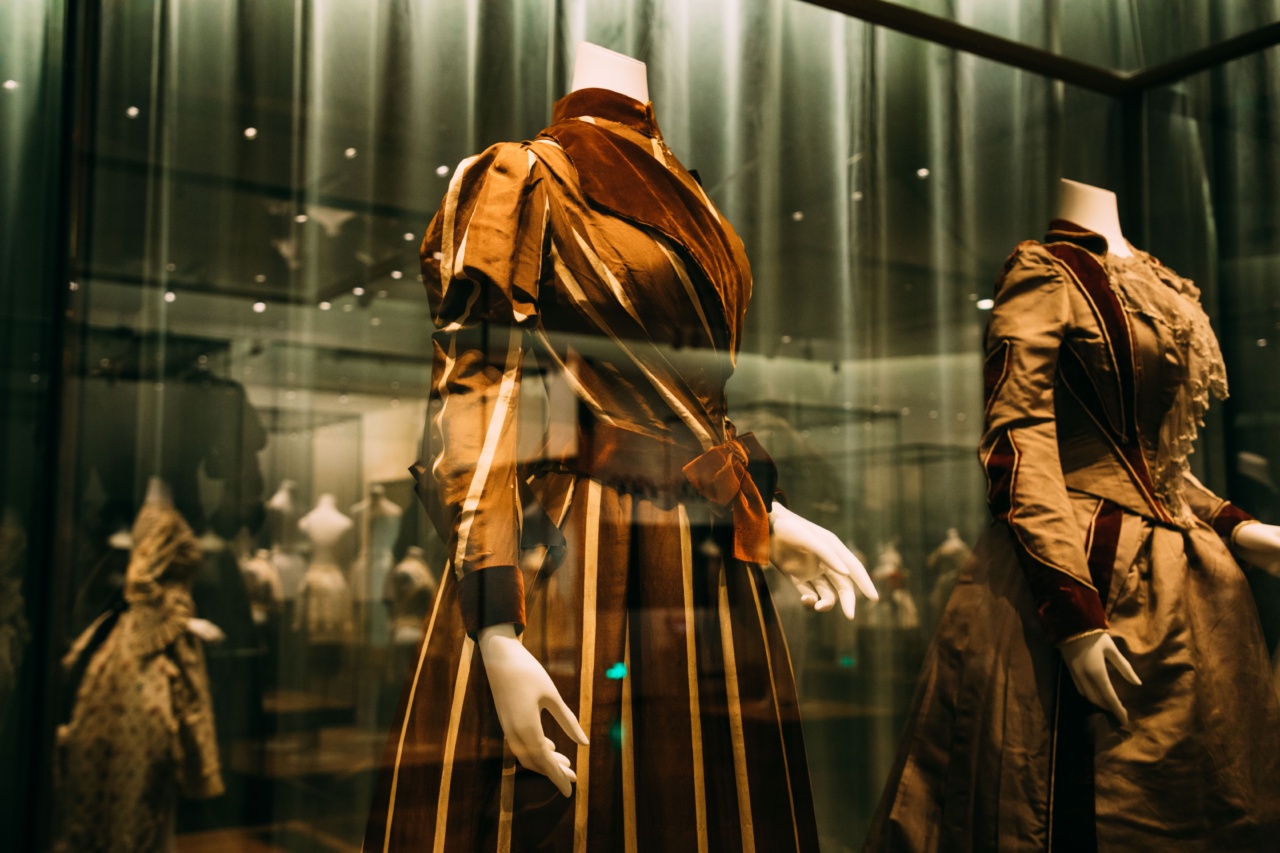Beauty standards have varied greatly throughout the history of human civilization, with ideals of attractiveness changing drastically from culture to culture and from century to century.
While on some level, beauty lies in the eye of the beholder, these fluid standards demonstrate how subjective such assessments can be. The following is a brief overview of the many shifts and trends that have characterized physical beauty in Western society over time.
Ancient Times
In ancient civilizations, women’s hair, clothing, and makeup were often intricately detailed and communicated social status and personality.
In ancient Egypt, women were encouraged to adorn themselves with braids, makeup, and jewelry, while in ancient Greece, hairstyles were more elaborate and often involved the use of hair extensions. In the Roman Empire, women used white lead and chalk to lighten their skin, while in China during the Han dynasty, traditional Chinese clothing was introduced with its characteristic wide sleeves and high collars.
The Middle Ages
During the Middle Ages, beauty was seen as an outward manifestation of inner purity and virtue. Blonde hair and fair skin were highly prized, as these features were seen as a sign of innocence and modesty.
Women were encouraged to hide their hair under wimples and their skin beneath layers of clothing, in order to embody the modesty and humility inherent in Christianity.
The Renaissance
With the dawn of the Renaissance and a newfound emphasis on humanism and individuality, beauty ideals shifted once again. Women’s clothing became more revealing, and hairstyles became more voluminous and ornate.
By the end of the Renaissance, pale skin became less fashionable, as tanned skin was often interpreted as a sign of good health and wealth.
The Victorian Era
The Victorian era saw a return to more modest beauty ideals, with women’s clothing becoming more covered-up and conservative.
Skin was once again prized for its pale, ivory complexion, and women were advised to avoid exposure to the sun at all costs. The ideal figure of the time was voluptuous and curvy, with a tiny waist and full hips.
The Roaring Twenties
The 1920s saw a dramatic upheaval in beauty standards, as women began to rebel against the constraints of traditional gender roles. Flat chests and boyish figures were celebrated, and clothing became more androgynous in style.
Short hair and dramatic makeup also became popular, as a sign of women’s liberation and newfound independence.
The 1950s
With the end of World War II and the beginning of the Baby Boomer generation, beauty once again shifted to a more feminine ideal.
Hourglass figures and full, luscious hair became the norm, as women were encouraged to embody traditional gender roles and conform to societal expectations. Women were also expected to wear more makeup than ever before, with full lips and heavily-lined eyes becoming particularly fashionable.
The 1970s
The 1970s were marked by a hippie counterculture that celebrated natural beauty. Women’s clothing became more relaxed and comfortable, with loose-fitting tops and bell-bottomed pants becoming all the rage.
Natural hair and minimal makeup were the norm, as women’s beauty ideals shifted from conformity to individuality.
The 1990s
The 1990s were characterized by an emphasis on physical fitness and health, as women’s bodies became more toned and athletic. Clothing also became more minimalist, with plain t-shirts and jeans replacing the elaborate fashions of previous decades.
Hair became more natural and understated as well, with highlights and layers replacing the big, teased styles of the 1980s.
The Present Day
Today, beauty standards are more diverse and inclusive than ever before. A variety of body types, hair textures, and skin tones are celebrated in popular culture, as women are encouraged to embrace their unique beauty.
The rise of social media has also allowed for more inclusivity and diversity in the beauty industry, as women from all walks of life share their stories and experiences.
Conclusion
Throughout history, beauty standards have changed and evolved, reflecting societal values and cultural norms.
From ancient civilizations to the present day, women’s beauty ideals have undergone countless transformations, some more radical than others. While the concept of physical beauty may always be subjective, these shifting standards bear witness to the fact that there is no one-size-fits-all approach to what is considered beautiful.






























